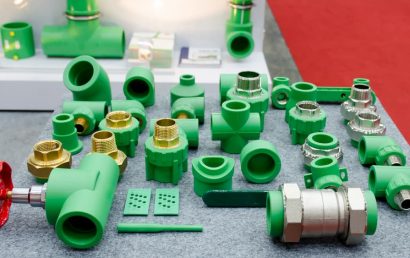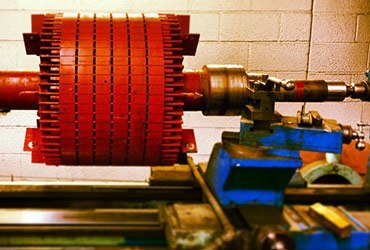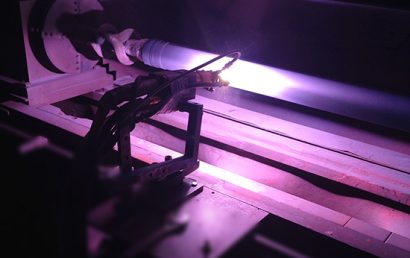How Do Aerospace Equipment Benefit From Engineered Protective Coatings?
Some of the toughest conditions for equipment are present in aerospace environments. Even the industry’s most used alloys and metals can fail under threats like high temperatures, corrosion, galling, and friction. In this industry, if a part fails, to replace or repair it can be not only far too costly, but impossible, due to limited or no access.
Where aerospace equipment is concerned, these challenges are addressed by specially engineered coatings. With them, lubricated, dry surfaces protect essential components from weather and wear. This, in turn, through demanding aerospace applications, maximizes component and equipment lifespans.
Aerospace Parts – Common Threats
Included in the many threats to equipment, components, and parts used in the aerospace industry are the following:
- Outgassing – When, to the vacuum of space, certain materials are subjected, outgassing or offgassing occurs. To spacecraft engineers, this poses a significant problem.
- Extreme temperatures – While still operating with complete reliability, extreme cold and high heat must be withstood by aerospace components. In a variety of thermal environments, surfaces can be protected by engineered coatings.
- Corrosion – Aerospace components lose their durability when they suffer from corrosion. This is particularly applicable with those made from aluminum. A constant threat to metal parts is corrosion. To make up an aircraft’s structure, numerous metal parts are used. In saltwater or humid conditions, corrosion can result in pitting.
- Friction, galling, and fretting – Galling and fretting occur when titanium alloys, aluminum, and other sliding metal surfaces stick together from friction generated under heavy loads. Example: when the Earth’s atmosphere is left or reentered by a spacecraft. In critical components, these conditions can cause seizing, fatigue, and wear.
Protecting Against Common Threats
To protect against the above listed threats, the following coatings are used:
- To protect against outgassing, materials like magnesium alloys are used. Coatings are infused with supplementary dry film lubricants or polymers. This is particularly true if the parts will be exposed to heat or vacuum conditions.
- In some cases, temperatures as high as 1300°F and as low as -200°F can be protected against by specially designed coatings!
- For aluminum alloys, engineered coatings are well suited. While protecting them from corrosion, these coatings allow the aluminum alloys to replace more expensive substrates.
- The best coatings to fight against friction, galling, and fretting create a fracture free, hard surface and offer a low COF (coefficient of friction).
Various Metals Are Used For Protective, Engineered Coatings
For use on aerospace components, some materials are more popular than others. In extreme environments, these materials are used in today’s engineered coatings for protection:
- Common metal alloys – A specific nickel-based, thin film coating is officially listed as a NASA material and provides good protection against corrosion, galling, friction, and wear. Dry lubricants and/or a synergistic polymer has been added to this nickel-based coating.
- Magnesium – In vacuum environments, protects surfaces against outgassing and wear. Additionally, it has a very low COF.
- Titanium alloys – Protects parts against seizing, galling, adhesion, abrasion, and wear and lowers the COF.
- Aluminum – Can withstand a wide range of temperatures and has a low COF. This makes it perfect for spacecraft use.
A&A Coatings proudly serves America’s aerospace industry, as well as numerous other industries dealing with problems like corrosion, fretting, galling, friction, extreme temperatures, etc. We offer coatings that protect, coatings that help rebuild parts, coatings that make surfaces safer, and much, much more. Contact one of our knowledgeable representatives today to see what our protective coatings can do for you, and how they’re already being used in your industry.



